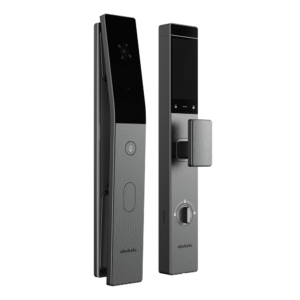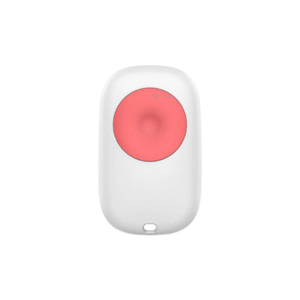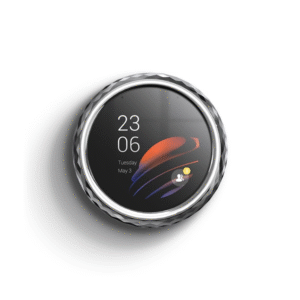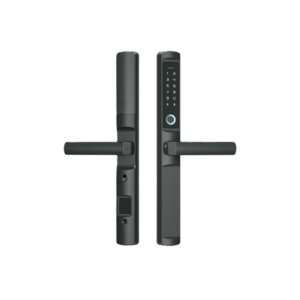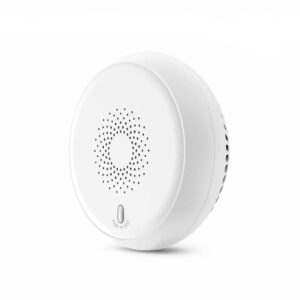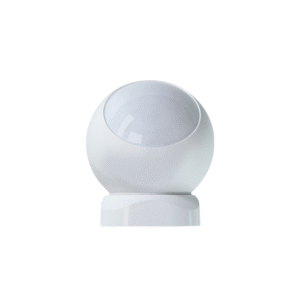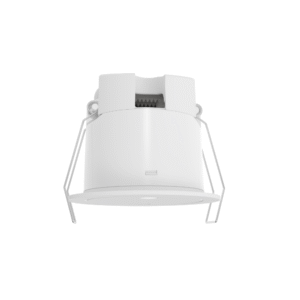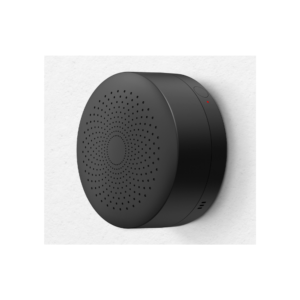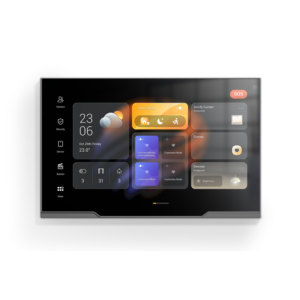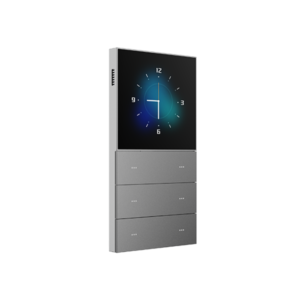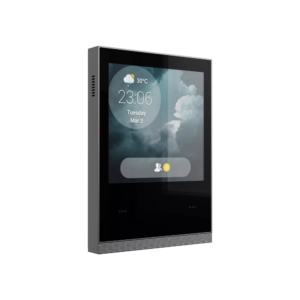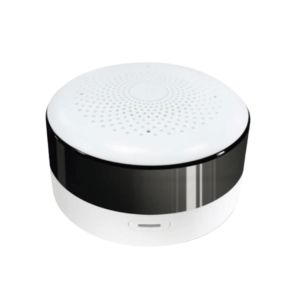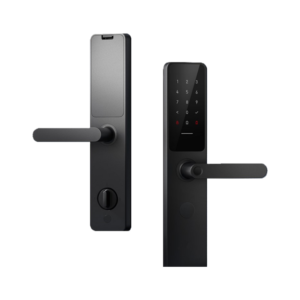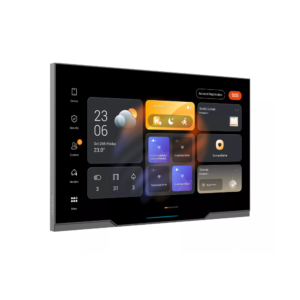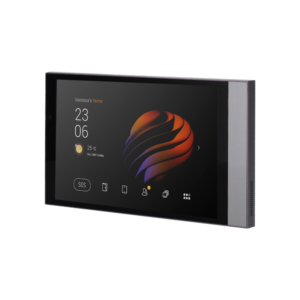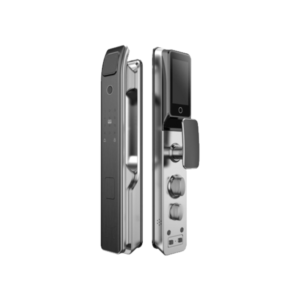Zigbee is a wireless technology primarily used for connecting smart devices in home automation systems. It’s designed for low-power, low-data rate applications and allows devices to communicate with each other directly, creating a mesh network. This technology is often found in smart home hubs and devices like smart door locks, hubs, and thermostats.
Key features and characteristics of Zigbee:
- Mesh Network:
Zigbee devices form a mesh network, where devices communicate directly with each other, extending the range and reducing the reliance on a single access point.
- Low Power:
Zigbee is designed for low-power applications, making it suitable for battery-operated devices.
- Low Data Rate:
Zigbee is well-suited for applications that don’t require high data transfer rates.
- Security:
Zigbee provides security features for protecting data and communication.
- Interoperability:
Zigbee 3.0 technology allows for bidirectional communication between different brands and applications.
- Range and Scalability:
Zigbee can support many devices and can be scaled to suit various needs.
Applications of Zigbee:
- Smart Home Automation:
Zigbee is commonly used in smart home systems for connecting and controlling various smart devices, like lights, locks, thermostats, and appliances.
- Industrial Applications:
Zigbee can be used in industrial settings for monitoring and controlling equipment and processes.
- IoT Networks:
Zigbee is a part of the broader Internet of Things (IoT) ecosystem, enabling connectivity between various devices and sensors.
In essence, Zigbee is a wireless technology that simplifies the connection and communication of smart devices in various applications, particularly in the smart home and IoT space.

